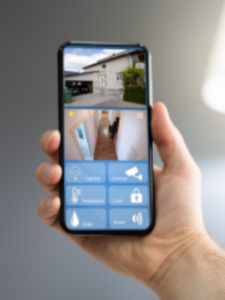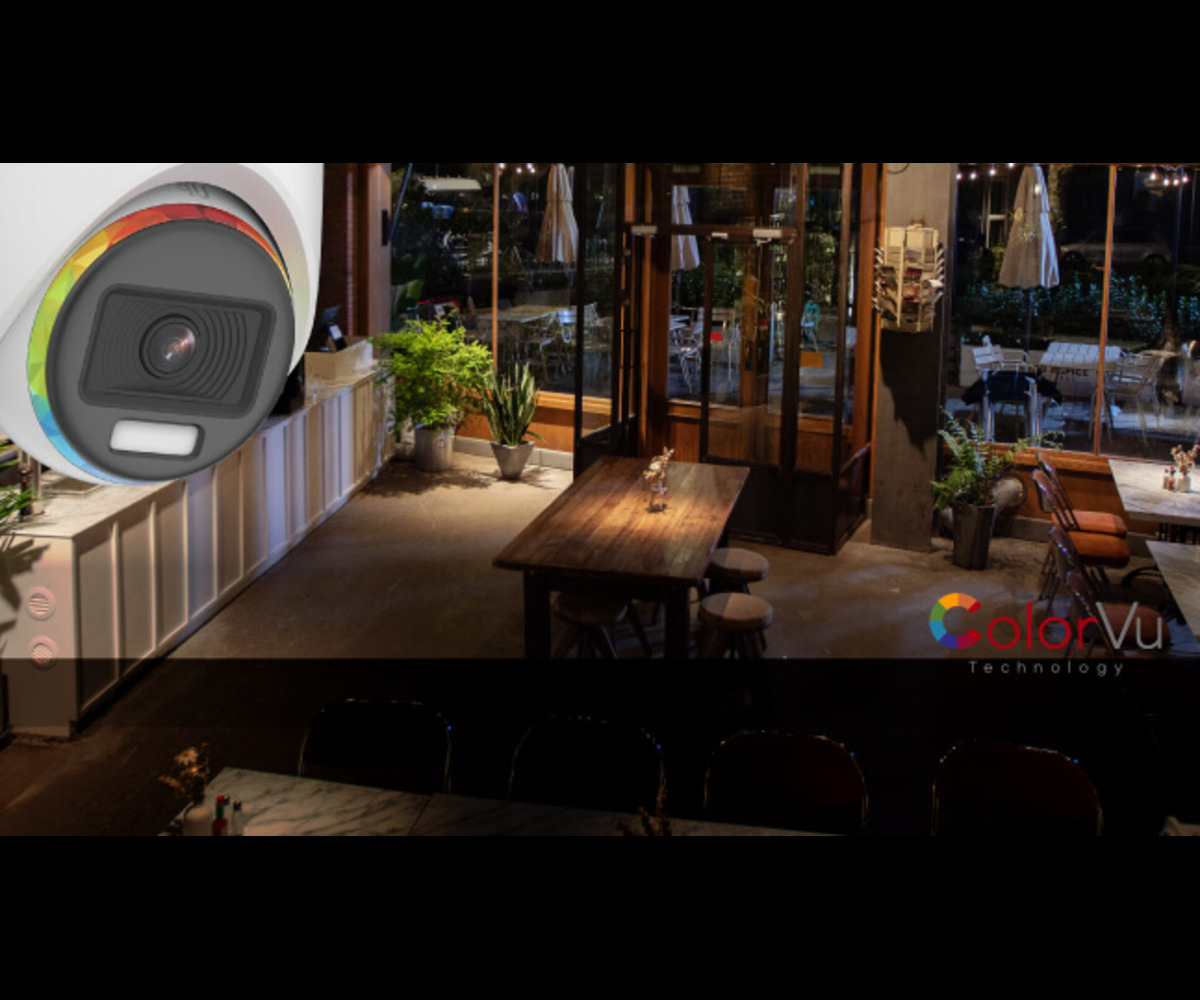WHAT IS THE FULL FORM OF CCTV
CCTV Full Form, If you’re looking for answers to “What is CCTV stands for?” and “What is the CCTV Full Form?”, then you’ve come to the right place. CCTV stands for Closed Circuit Television, and it refers to a system that uses video cameras to transmit signals to a specific, limited set of monitors.
The “closed circuit” aspect of CCTV means that the cameras are connected to the monitors via a private transmission system, which ensures that the footage is only viewed by authorized individuals.
Besides the commonly known CCTV security camera, the full name of CCTV for other purposes may vary. In this blog, we’ll explore the meaning and full form of CCTV, and how it works.
This technology fusion brings about intelligent video systems that provide actionable insights, leading to boosted efficiency and improved customer experiences. With the use of high-definition cameras and AI analytics, features like remote inspection and business intelligence for retail become available, fine-tuning the shopping environment to meet consumer demands.
Remote audit solutions to streamline efficiency
Powered by AIoT video technology, remote audit solutions are streamlining how retail operations are managed. These solutions enable remote store inspections using CCTV, standardize procedures, and ensure adherence to company standards across branches. They present a cost-efficient alternative to physical audits, bringing down annual costs significantly.
This approach not only optimizes retail management but also contributes to the customer experience enhancement by ensuring that the interaction with the brand meets high standards.
Upgrading customer experience with business intelligence
Intelligent retail is no longer a concept of the future; it is a present reality made possible by intelligent video systems powered by AIoT. These smart solutions offer valuable tools for analyzing in-store traffic patterns and effectively managing queues, thus enhancing the overall shopping experience. These insights also assist in making informed decisions regarding merchandising, staffing, and floor planning.
The use of AIoT in this context allows retailers to gather data-driven insights that lead to strategic improvements in retail management and customer experience enhancement.
Improving parking experience and efficiency
By implementing automatic license plate recognition and efficient parking guidance systems, smart video solutions can alleviate driver stress and reduce operating costs for businesses. Moreover, these systems improve parking lot turnover rates, resulting in a smoother overall experience for customers.
This enhancement in parking services is another example of how AIoT contributes to the customer experience enhancement, making the entire visit to a retail location more convenient and stress-free.
HOW TO CONNECT CCTV CAMERA TO PHONE
Connecting a CCTV camera to your phone typically involves several steps, and the exact method can depend on the type of CCTV system you have. Here’s a general guide:
1.Check Camera Compatibility:
Ensure that your CCTV camera is compatible with remote viewing via a smartphone app. Many modern CCTV cameras come with this feature, but older models may not support it.
2.Install the Mobile App:
Download and install the mobile app provided by the manufacturer of your CCTV camera system. This app is usually available on both Android and iOS platforms. Common apps include “iVMS-4500” for Hikvision cameras and “IP Cam Viewer” for various camera brands.
3.Connect Camera to Network:
Ensure that your CCTV camera is connected to your local network. This typically involves connecting the camera to your Wi-Fi router using an Ethernet cable or configuring it to connect wirelessly to your Wi-Fi network through the camera’s settings menu.

4.Configure Camera Settings:
Access the settings menu of your CCTV camera (usually via a web browser on a computer) and configure it for remote viewing. This often involves enabling remote access, setting up a username and password, and enabling features like DDNS (Dynamic Domain Name System) or UPnP (Universal Plug and Play) if necessary.
5.Add Camera to App:
Open the mobile app on your smartphone and follow the on-screen instructions to add your CCTV camera to the app. This typically involves scanning a QR code on the camera or entering its unique identification details (such as its IP address or serial number).
6.View Camera Feed:
Once the camera is successfully added to the app, you should be able to view its live feed and access its settings remotely from your smartphone, as long as you have an internet connection.
Remember to consult the user manual or documentation provided with your CCTV camera system for specific instructions tailored to your device. Additionally, ensure that you follow best practices for security, such as using strong passwords and keeping your camera firmware up to date, to protect against unauthorized access.

